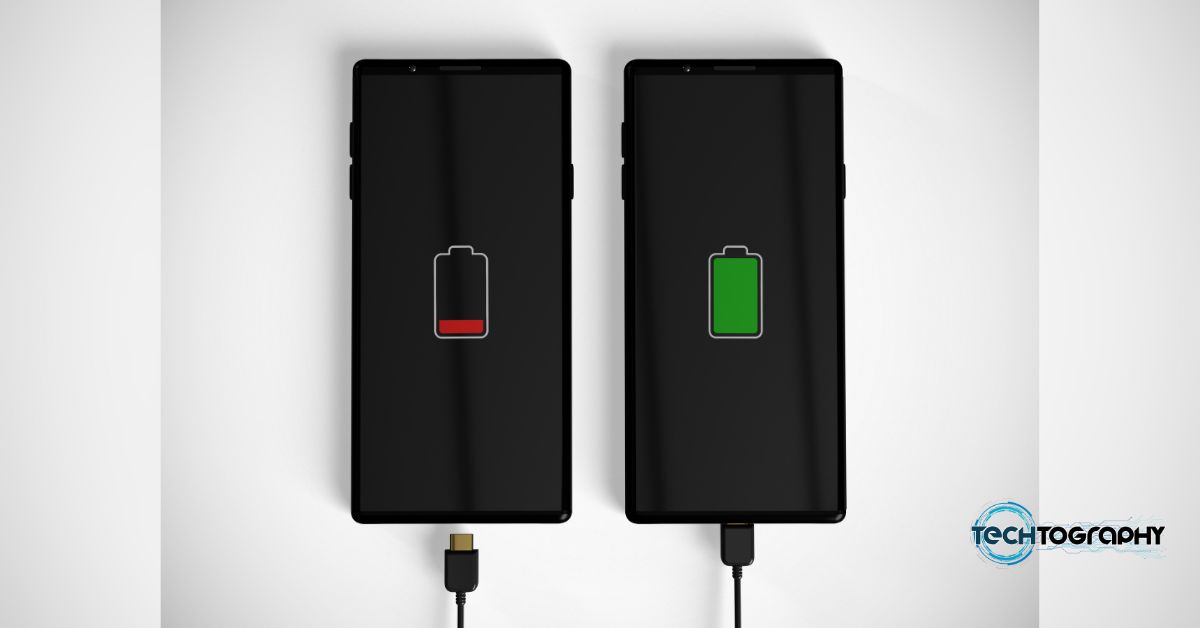BANGKOK, Oct. 28, 2022 /PRNewswire/ — During the 8th Ultra-Broadband Forum (UBBF 2022), Richard Jin, President of Huawei Optical Business Product Line delivered a speech titled "Unleashing Fiber Potential and Striding to F5.5G". In this keynote speech, he expressed the importance of fiber communication to society’s development, and introduced Huawei’s eight key technological breakthroughs in optical access and transmission as well as their benefits to the industry. Mr Jin called on the whole industry chain to work together to stride F5.5G.
Fiber networks have become future-oriented strategic infrastructure. During the evolution from F5G to F5.5G, technological innovations in industrial production and fiber sensing will further unleash the potential of fiber and open up new markets. For F5.5G, Huawei has made eight technological innovations to accelerate industry evolution.
- 50G PON compatibility: 50G PON is the next-generation PON technology released by ITU-T. Through component structure and process innovation, Huawei improves the transmit power and receiver sensitivity of 50G PON optical modules to achieve 40 km coverage. In addition, Huawei integrates GPON, 10G PON, and 50G PON in one port using ultra-high precision mounting technologies. This innovation will help operators smoothly upgrade from GPON and 10G PON to 50G PON without reconstructing their live networks, quickly providing ubiquitous 10G experience.
- Super C+L spectrum: Based on experiments and innovations, Huawei has developed a new solution for spectrum amplification and transmission bandwidth improvement. During the manufacturing process, the gas flux and heating temperature are accurately controlled to achieve high concentration doping and improve the amplification gain of the L band. These innovations increase the super C+L transmission spectrum to 12 THz, and increase the bandwidth by 50% for higher transmission performance. In addition, the 400G and 800G single-wavelength rates can reach 100 Tbps per fiber, ushering in the 10G era.
- Optical cross-connect (OXC): Huawei OXC uses the 3D dot matrix algorithm to increase the cabling density of the all-optical backplane by 35%, reduces external fiber connections of reconfigurable optical add/drop multiplexers (ROADMs), reduces the size of the entire system by 90%, and reduces power consumption by more than 60%. In addition, Huawei has developed new materials for OXC liquid crystal on silicon (LCOS) to reduce the wavelength selective switching (WSS) LCD response time from 200 ms to 100 ms, implementing faster wavelength grooming and protection, and building green and agile all-optical networks.
- OptiX Alps-WDM: Huawei launches the innovative Metro WDM pooling solution OptiX Alps-WDM to solve the problems of uneven service distribution, low resource utilization, and difficult planning on metro networks. Using Huawei-developed WSS, a metro coherent module, and digital optical label technologies, wavelengths can be shared among different access rings in the star networking architecture at the metro access layer, and can be flexibly groomed and adjusted. These technologies increase the bandwidth 10-fold and reduce the carbon emission by 90%, helping operators reduce OPEX by 20%, achieve the target network architecture that moves WDM networks to sites, and realize smooth network evolution in the next 10 years.
- Flexible optical service unit (OSU) service granularities: Huawei’s innovative hard pipe core technology OSU uses hard pipe connections of 2 Mbps to 100 Gbps. The bandwidth can be flexibly adjusted without interrupting services. The encapsulation protocol is simplified to reduce the service transmission latency. This innovation helps operators build premium OTN WDM networks with high bandwidth, ultra-low latency, and deterministic experience, as well as helping operators win more high-end industry customers.
- FTTR C-WAN architecture: With the rise of smart home appliances, home Wi-Fi networks need to offer extensive coverage, high stability, and high concurrency. However, in traditional Wi-Fi networking, each optical network terminal (ONT) makes decisions independently, which causes problems such as interference and service instability in high-concurrency scenarios. Huawei’s FTTR for Home solution uses the C-WAN centralized management and control architecture to coordinate all ONTs on the entire FTTR network, reducing interference and improving bandwidth experience. In addition, the unique imperceptible roaming technology can achieve roaming handover within 20 ms, providing a brand-new digital home experience.
- Fiber iris technology: The ODN accounts for a high proportion of FTTH investment. However, difficulties in ODN O&M have long plagued the industry. In the past, port resources had to be manually recorded, resulting in resource inaccuracy which in turn led to service provisioning failures. Huawei has released the innovative fiber iris technology to label large numbers of fiber ports. In this way, port resources can be accurately recorded and allocated in real time, enabling rapid service provisioning. The oDSP and AI algorithms are used to accurately and quickly identify the fault locations with a precision of one meter.
- Autonomous networks: In the future, the network scale will increase 10-fold, and intelligent autonomous driving networks will become the mainstream. Huawei has made multiple technological innovations in the autonomous driving network field. For example, StellarGo changes manual and single-factor route section to multi-factor and multi-policy intelligent route selection on transport networks, and implements personalized recommendations based on different customer habits. The route selection success rate is as high as 99%, and the service provisioning efficiency is improved by 70%. In addition, the StellarCue builds various intelligent experience models and implements one-minute perception of poor-QoE incidents based on massive poor-QoE data training, which can significantly reduce user complaints.
According to Mr. Jin, with ubiquitous 10G connections due by 2025, Huawei will continue to make technological breakthroughs and product innovations based on the preceding innovations, and create greater commercial value for operators by improving user experience and network operation efficiency on the way to F5.5G. Finally, Richard Jin called for the joint efforts of the entire industry to promote the F5.5G industry and stride to F5.5G.
— End —


